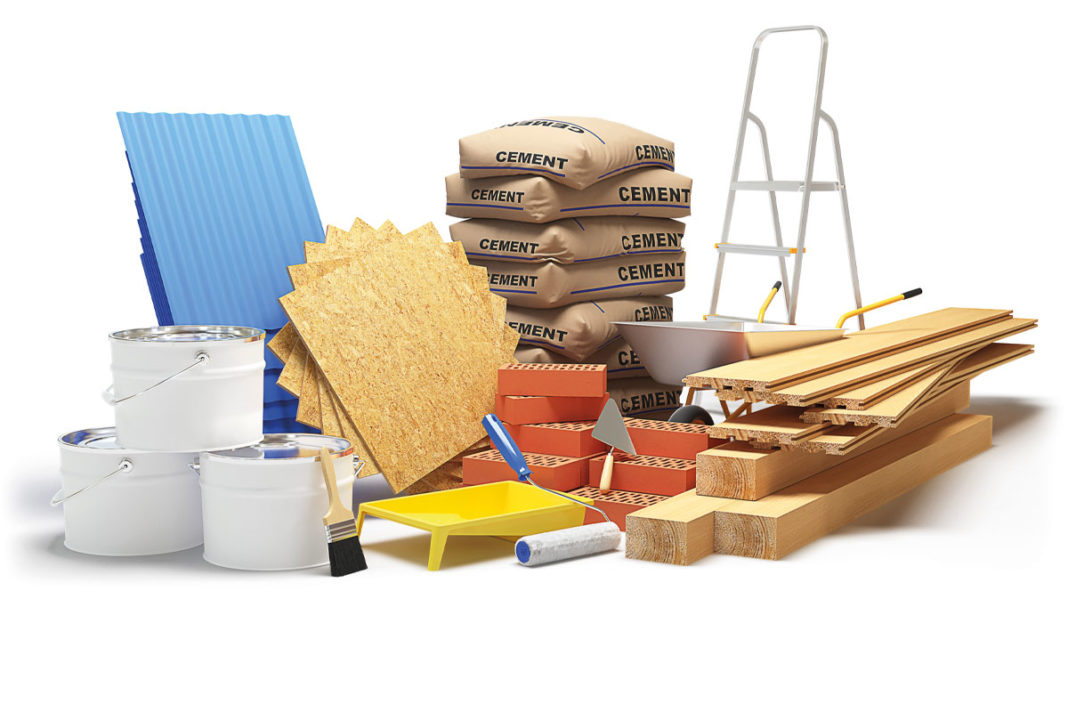
NEW research has highlighted the impact of material and skills shortages and rising costs in the roofing and cladding industry.
The NFRC/Glenigan State of the Roofing Industry Survey revealed that 81% of roofing contractors saw a deterioration in material availability in the Q2 this year, with the most common shortage being concrete roof tiles, timber battens, insulation, general timber and clay tiles. Every respondent reported rising prices of materials, with some reporting price rises as high as 300% on some products.
76% of respondents reported recruitment difficulties, while 47% of contractors struggled to find roof slaters and tilers. The shortage of labour is impacting wage rates, with 58% of firms reporting rising labour costs.
More positively, a net balance of 53% of contractors saw an increase in their workloads against the first quarter, with Scotland seeing the strongest rise in workloads after a ‘subdued’ performance in Q1.
Philip Campbell, NFRC’s head of policy, said, “The second quarter of this year saw material shortages intensify further, with roofing contractors now reporting difficulty obtaining a whole range of products, not only tiles and timber but on materials as far-ranging as plastics and steel. Prices also continue to rise, with 100% of respondents to this survey telling us their material prices went up in the last quarter. Contractors reported that some products had seen increases in the hundreds of per cent in recent months. It is critical that clients work with their supply chain to provide flexibility in contracts to adjust for these unprecedented increases.
“The availability of labour has also worsened, with three-quarters of contractors now experiencing recruitment difficulties. Positive workloads have meant more firms took on staff in the last quarter, but there are simply not enough roofers out there to meet the demand. Staffing has proved difficult for contractors over the last quarter as a result of the ‘pingdemic’. One member has told us he has lost 1,000 days of productive hours due to staff having to self-isolate.
“Workloads are set to continue to rise for the next quarter, and indeed the next year, which is encouraging, but the industry, clients, and government must all focus on addressing the ongoing material and skills crisis we are experiencing. If we don’t start resolving these issues now, we may see a detrimental impact of the growth we have seen coming out of the pandemic.”
Allan Wilen, Glenigan’s economics director, added, “Construction continued to recover during the second quarter, with roofing contractors reporting a strong rise in workloads. Private housing and commercial repair, maintenance and improvement work and new house construction have been the best performing areas. Roofing contractors anticipate further, more broadly based growth over the next 12 months. However, the availability and cost of skilled labour and materials will be potential brakes on the pace of the recovery.”











